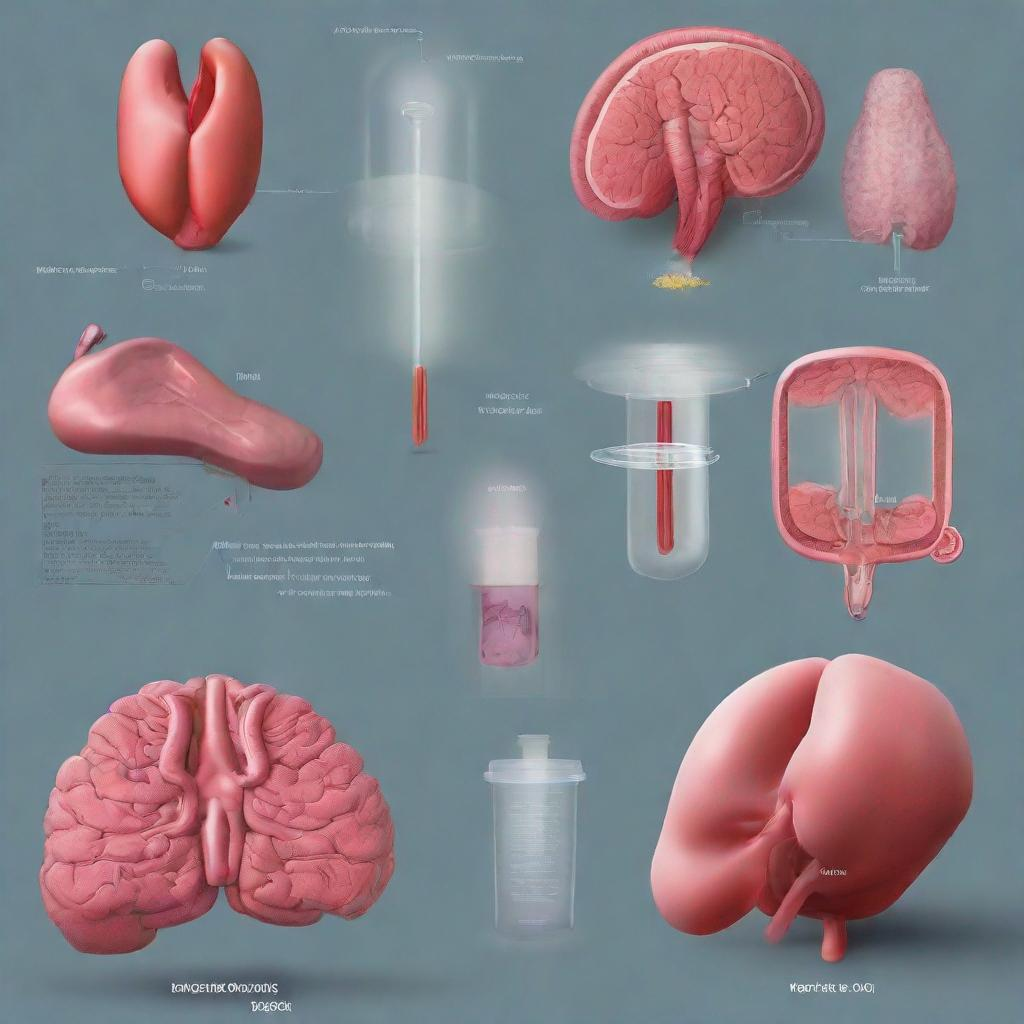GELATIN (C74) IgE: A Comprehensive Guide for Patients
Introduction
The GELATIN (C74) IgE test is an important diagnostic tool used to detect allergies to gelatin, a protein found in animal bones, skin, and connective tissue. Gelatin is often used in a wide range of food and non-food products, such as desserts, candies, medications, and cosmetics. Understanding the implications of a gelatin allergy can help individuals make informed choices about their health.
Test Overview
The GELATIN (C74) IgE test measures the level of allergen-specific immunoglobulin E (IgE) antibodies in a patient’s blood sample. IgE antibodies are part of the body’s immune response and are elevated when an individual is allergic to a particular substance, such as gelatin. A high level of gelatin-specific IgE antibodies in the test results suggests a potential allergy to gelatin.
Conditions and Diseases Detected
A positive GELATIN (C74) IgE test may be associated with:
- Allergy to Gelatin: Gelatin allergies can manifest in various symptoms such as hives, swelling, difficulty breathing, nausea, and vomiting.
- Anaphylaxis: In rare cases, a severe allergic reaction called anaphylaxis may occur, which requires immediate medical attention.
- Hives: Hives, also known as urticaria, are itchy, red, and swollen patches on the skin that can be triggered by gelatin allergies.
- Angioedema: Swelling beneath the skin, especially around the face and throat, can be a symptom of a gelatin allergy.
- Digestive Problems: Nausea, vomiting, abdominal cramps, and diarrhea may occur in individuals with gelatin allergies after ingesting gelatin-containing foods.
Preparation Guidelines
- Fast overnight (8-12 hours) before the test.
- Do not take antihistamines within 24 hours before the test.
- Inform your doctor about any medications you are currently taking, as some medications may interfere with the test results.
Procedure
A blood sample is typically taken from a vein in your arm. The procedure is quick and usually painless, taking only a few minutes. The blood sample is then sent to a laboratory for analysis.
Duration and Waiting Time
- The test usually takes about 30 minutes to complete, including the blood collection.
- Results are generally available within a few days. Your doctor will contact you with the results and discuss any further steps or treatment options.
Additional Tests
- Skin Prick Test: This test involves pricking the skin with a needle that has a small amount of gelatin. If you have an allergy, a raised bump will form at the test site.
- Food Diary: Keeping a detailed food diary can help identify foods or ingredients that trigger allergic reactions.
Conclusion
The GELATIN (C74) IgE test is a simple yet effective way to determine if an individual has an allergy to gelatin. It is essential to discuss the test with your healthcare provider if you suspect you have a gelatin allergy or experience any symptoms after consuming foods containing gelatin. Early diagnosis and management of gelatin allergies are crucial for preventing and controlling potential allergic reactions.




